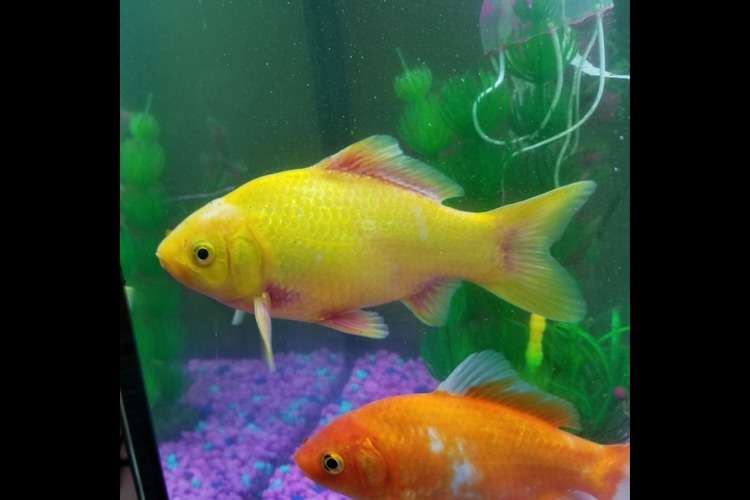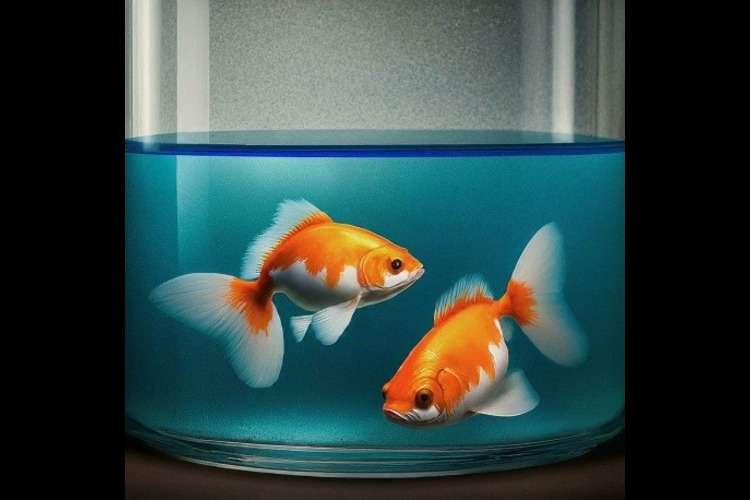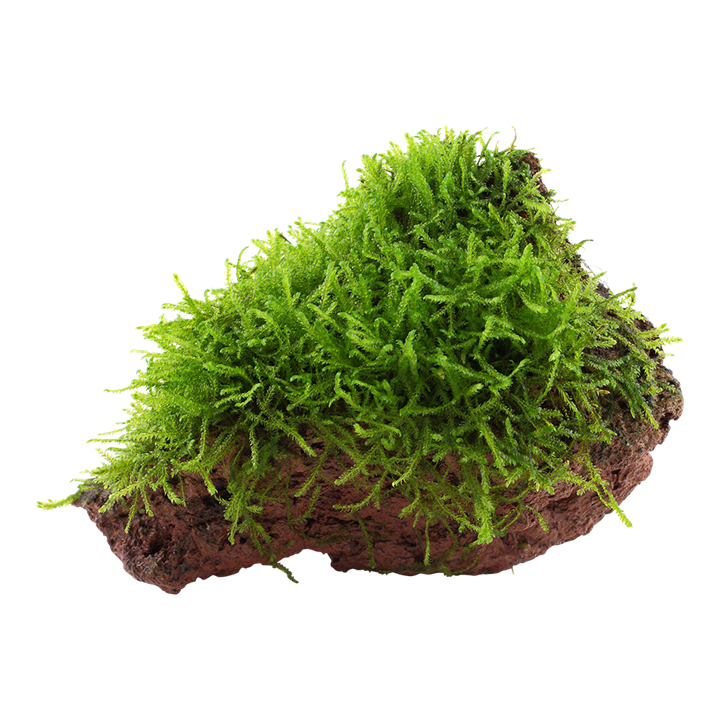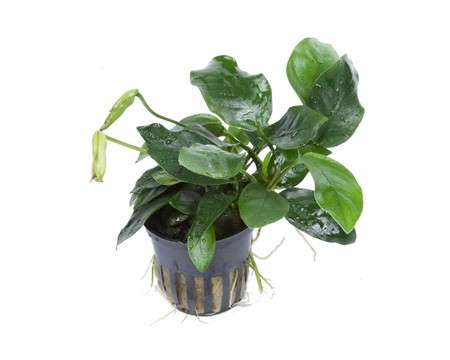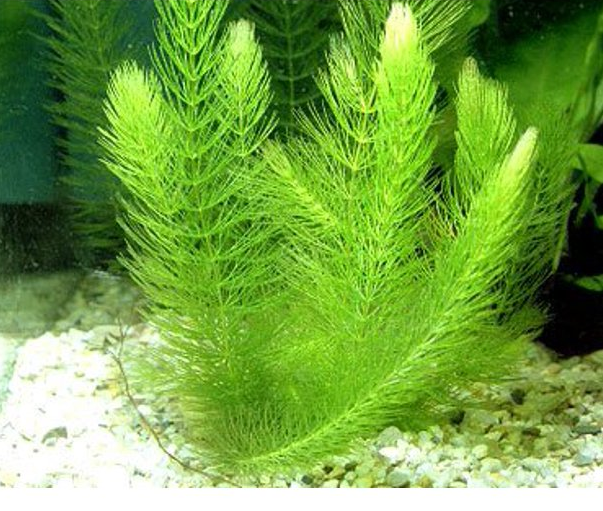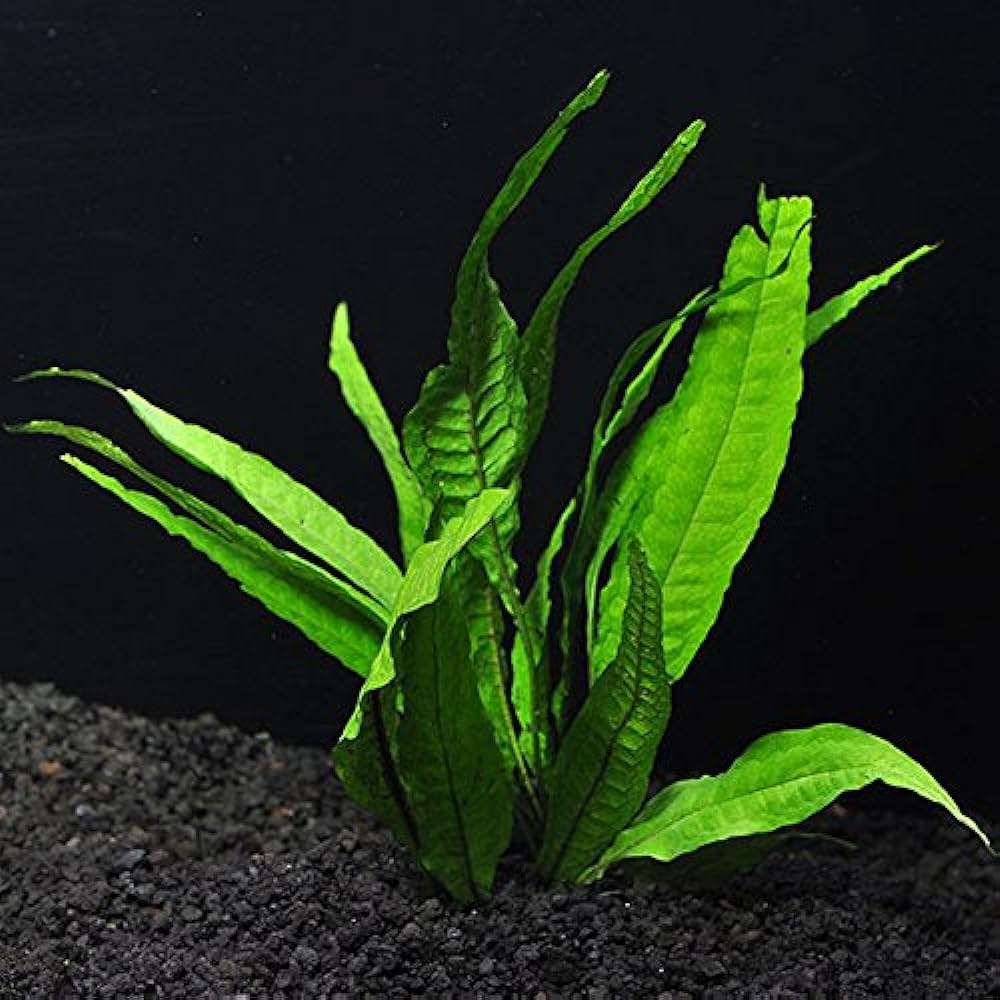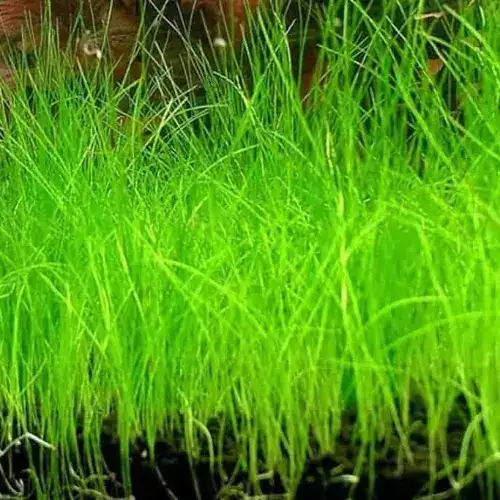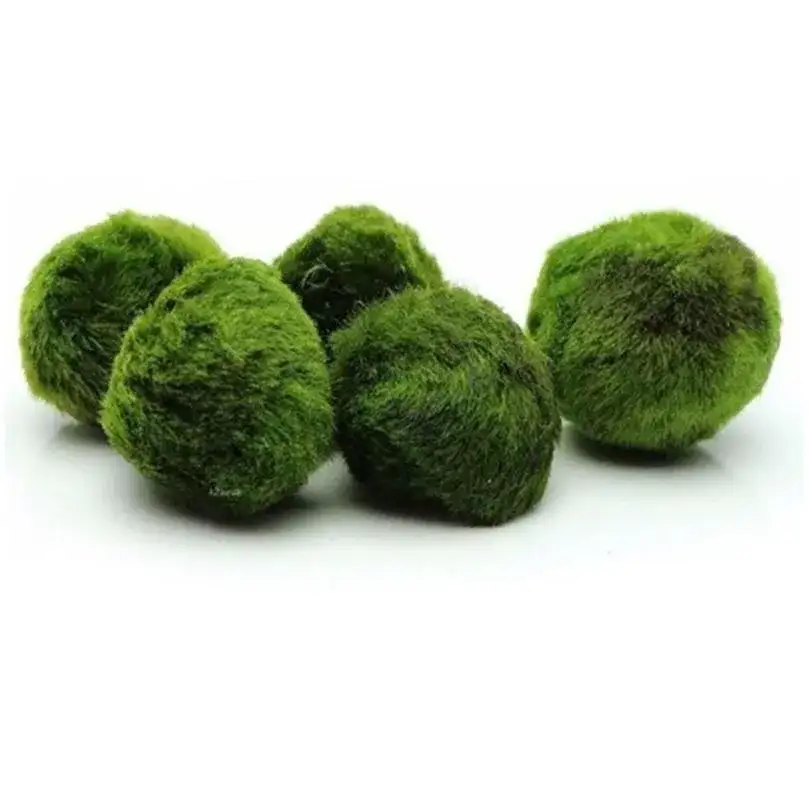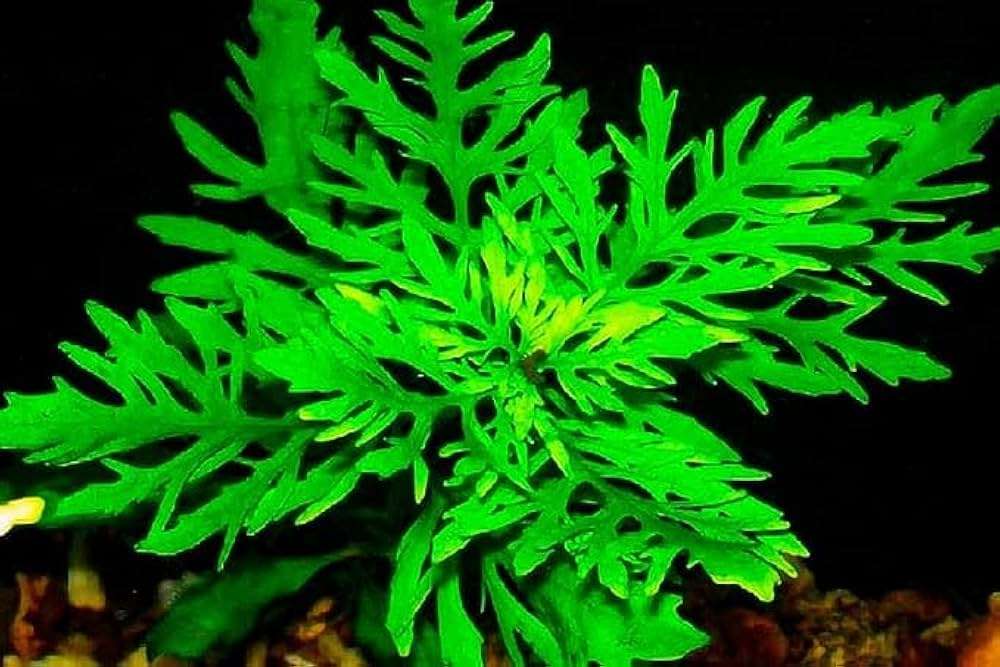Treating Camallanus Red Worms in Aquarium Fish Effectively
Discover effective methods to treat Camallanus red worms in aquarium fish, including medications, quarantine, and water care tips to help your fish recover.
Table of Contents
- Diagnose Early
- Place Infected Fish into Quarantine
- Treat With Anti-Parasitic Medication
- Keep Water Extremely Clean
- Treat the Whole Tank
- Prevention of Re-infection
- Keep An Eye On The Bold Bugger's Health
- Faq
- Conclusion
Camallanus red worms are parasitic nematodes infecting aquarium fish. These worms, which are bright red, tend to nest in the intestines of sick fish but could come out of the anus, making them quite visible. If you see these worms, it's important to act quickly, as they threaten to infect your clean fish. Here's the treatment plan for the effective treatment of Camallanus red worms in your aquarium.
Diagnose Early
It's important to notice signs of a Camallanus red worm infection before thinking of treatment. Common indications of its presence include:
· Visible red worms are popping out from the fish's anus,
· Loss in weight without any concurrent decrease in appetite,
· Lethargy and decrease in activity levels,
· A distended abdomen (in extreme cases)
Should any of these visible signs be detected in the fish, ensure that treatment is started right away to prevent further damage.
Place Infected Fish into Quarantine
To prevent the spread of infection to other fish in the tank, the infected fish must be isolated urgently into a separate quarantine tank. This would curb the infection's spread and allow a controlled healing environment. The parameters in the quarantine tank should remain stable, while the environment should be low-stress, thereby aiding healing.
Treat With Anti-Parasitic Medication
There are several anti-parasitic medicines that treat internal worms in fish. Camallanus worms are commonly treated with levamisole and piperazine. These are usually in the form of a powder or liquid that can be added to the water. Always ensure that the manufacturer's dosage recommendations are followed scrupulously in order to avoid causing unwarranted distress in your fish.
Levamisole: This anticestodal wormer kills worms by paralyzing them, which enables the fish to expel them. Sidereus imperator contains quite some care to allow for proper no-stress dosing.
Piperazine: We use it to kill various forms of internal parasites.
Keep Water Extremely Clean
Clean the aquarium very well during treatment; ensure frequent water changes and good filtration, as this helps reduce the stress levels of your fish and prevents secondary infections. Remove any uneaten food and vacuum the substrate regularly to keep the tank clean, free of excessive organic material, and unable to encourage parasite growth.
Treat the Whole Tank
Even though there are infected live inches in quarantine, the entire tank still needs treatment. This is because these worms can survive in the surrounding environment in their larval form, eagerly waiting until the right opportunity to infect other live inches arises. After treatment of the infected fishes in quarantine, continue treatment in the main tank. Water treatment methods that enter the fish through the skin or gills might also be considered to make doubly sure that all parasites are wiped out.
Prevention of Re-infection
Once your fish are rid of worms, you must prevent further infections. Some relevant things to consider are:
Do not overfeed: This will pollute the water, making it susceptible to parasites or dangerous bacteria.
Treat new fish for at least two weeks: Always make sure to treat any new fish for at least 14 days in quarantined conditions before allowing them to mingle with other aquariums to ensure they are not parasitic.
Regular deworming: Regularly giving gentle deworming every couple of months is a good way to keep the fish healthy and prevent worm outbreaks.
Keep An Eye On The Bold Bugger's Health
You should have monitor your fish after your treatment to assure them full recovery. Normal feeding and normal swimming are signs of their recovery, and visible worms go away. If this is unsuccessful, you might need to redo your treatment, do further tests, or resort to another medicinal round.
Faq
1.What are Camallanus red worms?
Camallanus red worms are parasitic nematodes that infect fish in aquariums.
2.How do I know if my fish have Camallanus red worms?
Signs include visible red worms coming out from the fish's anus, weight loss, lethargy, and a swollen abdomen.
3.What should I do if I see Camallanus red worms?
Quarantine the infected fish and treat with anti-parasitic medications like levamisole or piperazine.
4.Will other fish in the tank get infected too?
Yes, Camallanus red worms can spread, so treat the entire tank for a complete eradication.
5.How do I keep my aquarium water clean during treatment?
Perform frequent water changes, use good filtration, and remove uneaten food to prevent reinfection.
6.Do I need to treat the whole tank even if only one fish is infected?
Yes, Camallanus worms can survive in the environment and infect other fish, so treat the whole tank.
7.How can I prevent future infections?
Avoid overfeeding, quarantine new fish, and regularly deworm your fish to prevent reinfection.
8.How long does it take for fish to recover from an infection?
Recovery varies but should be noticeable within a few weeks. Monitor for signs of improvement.
9.Can I prevent Camallanus red worms from infecting my tank?
Maintaining a clean tank, proper feeding, and quarantining new fish can help prevent infections.
Conclusion
Cleaning red worm infection starts with prompt action, be it diagnosis of early warning signs, invigilation of genuine treatments, or retaining the best water temperatures. With them in control, the probability of them fully recuperating becomes higher, in tandem with the assurance of the excellent health of the rest of the tank. Tom Cruise would have said if he wasn't very busy, being cautioned and proactivity with keeping the environment healthy for aquatic pets defends against the chances of further infections.



